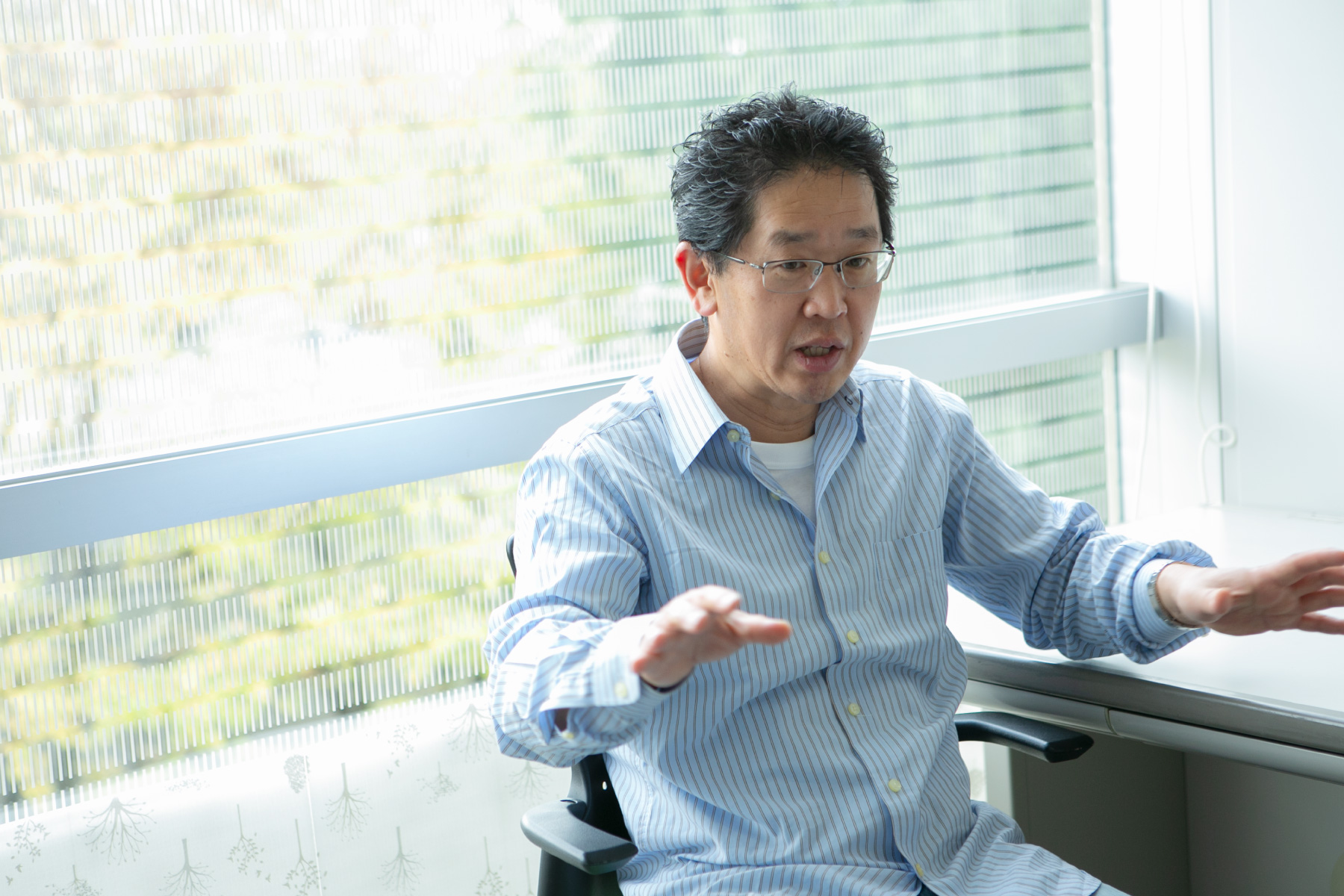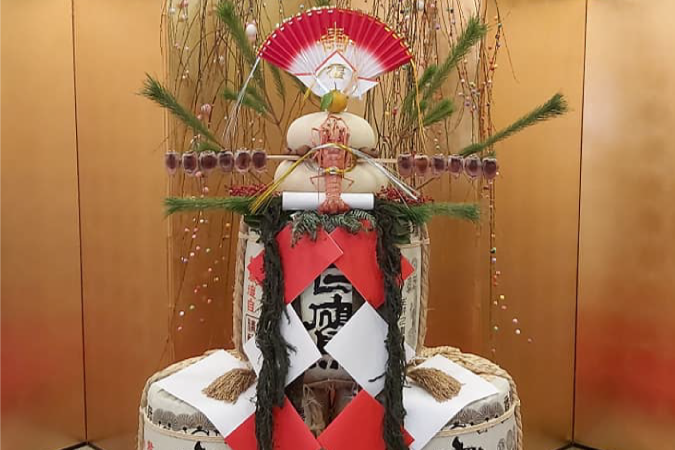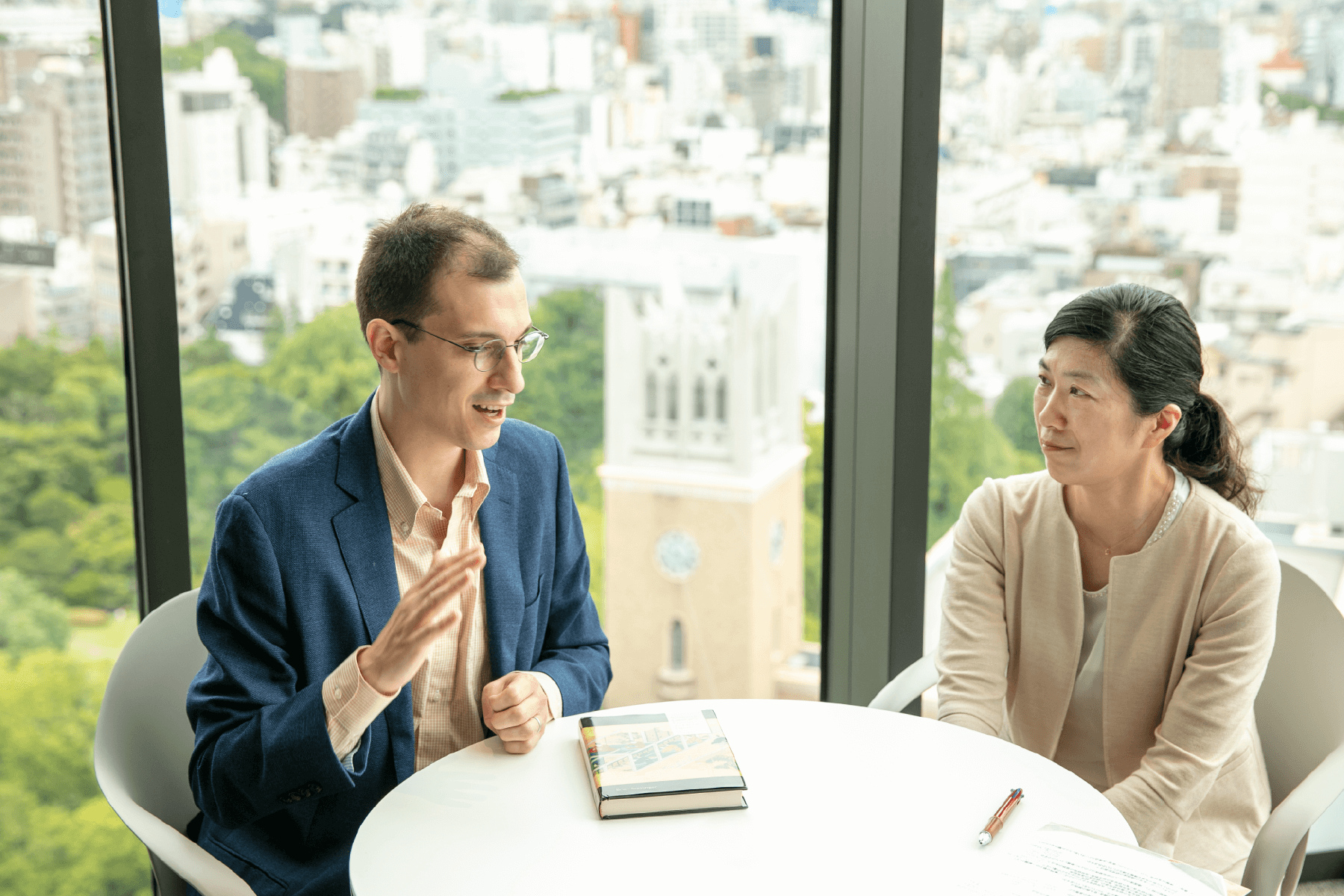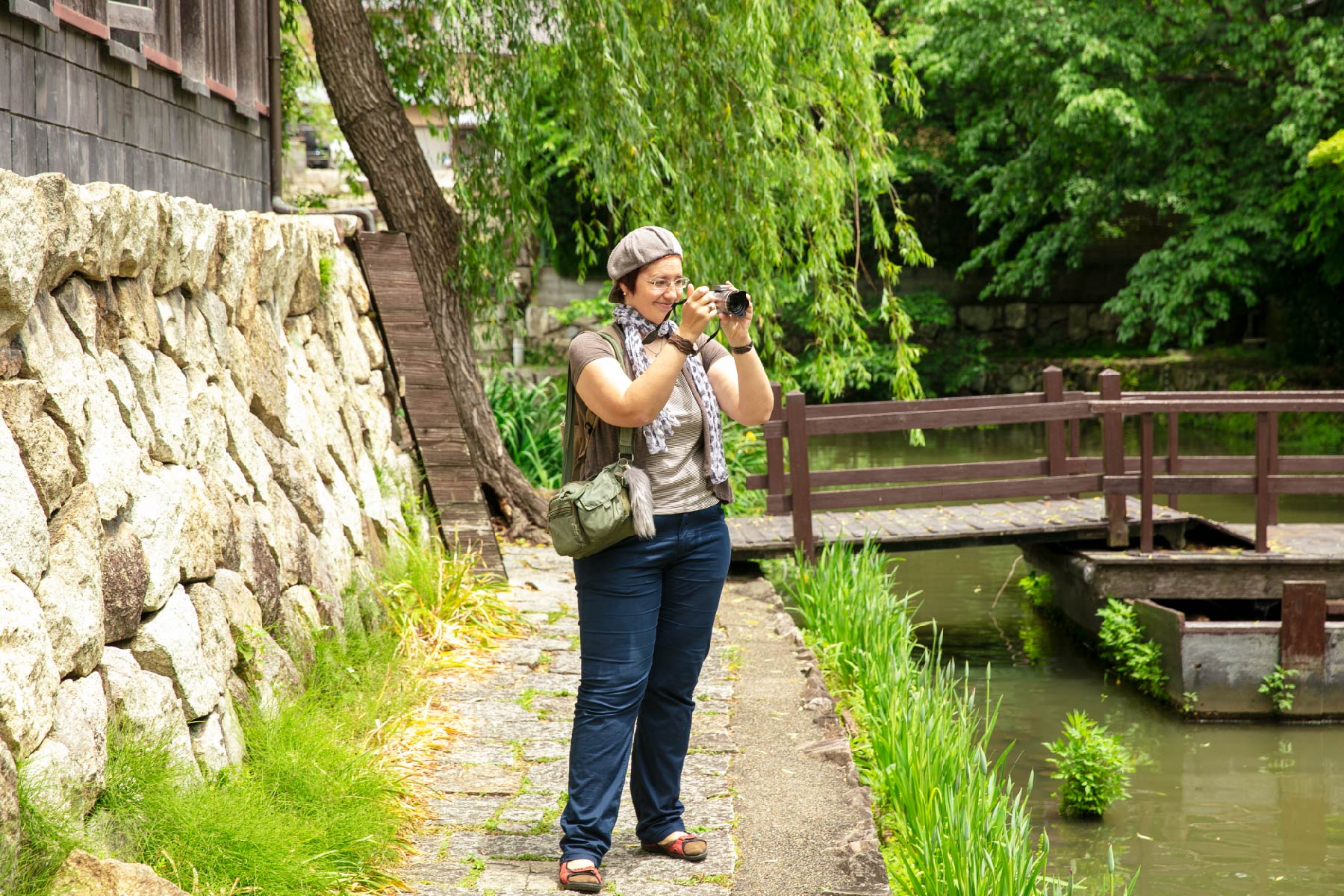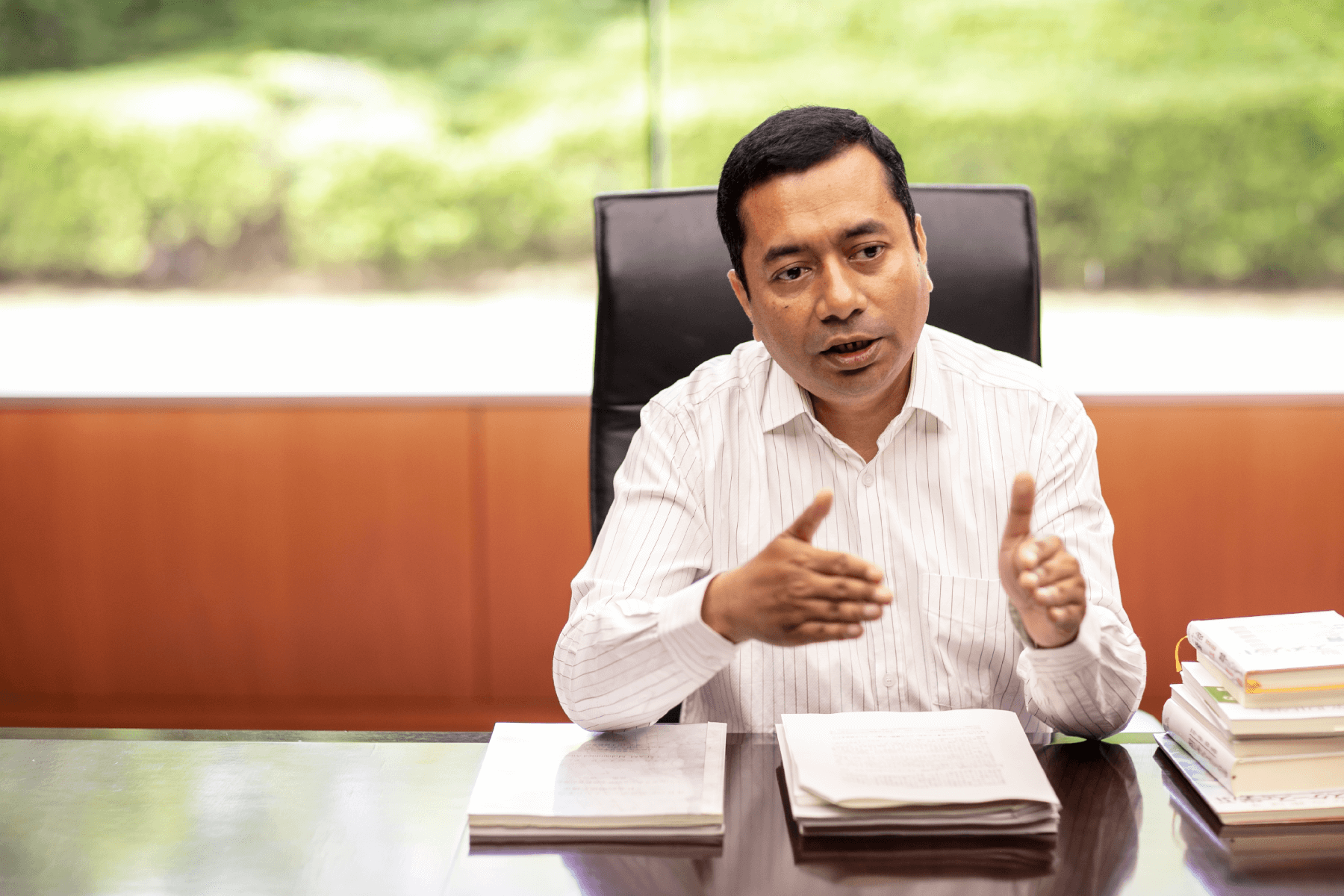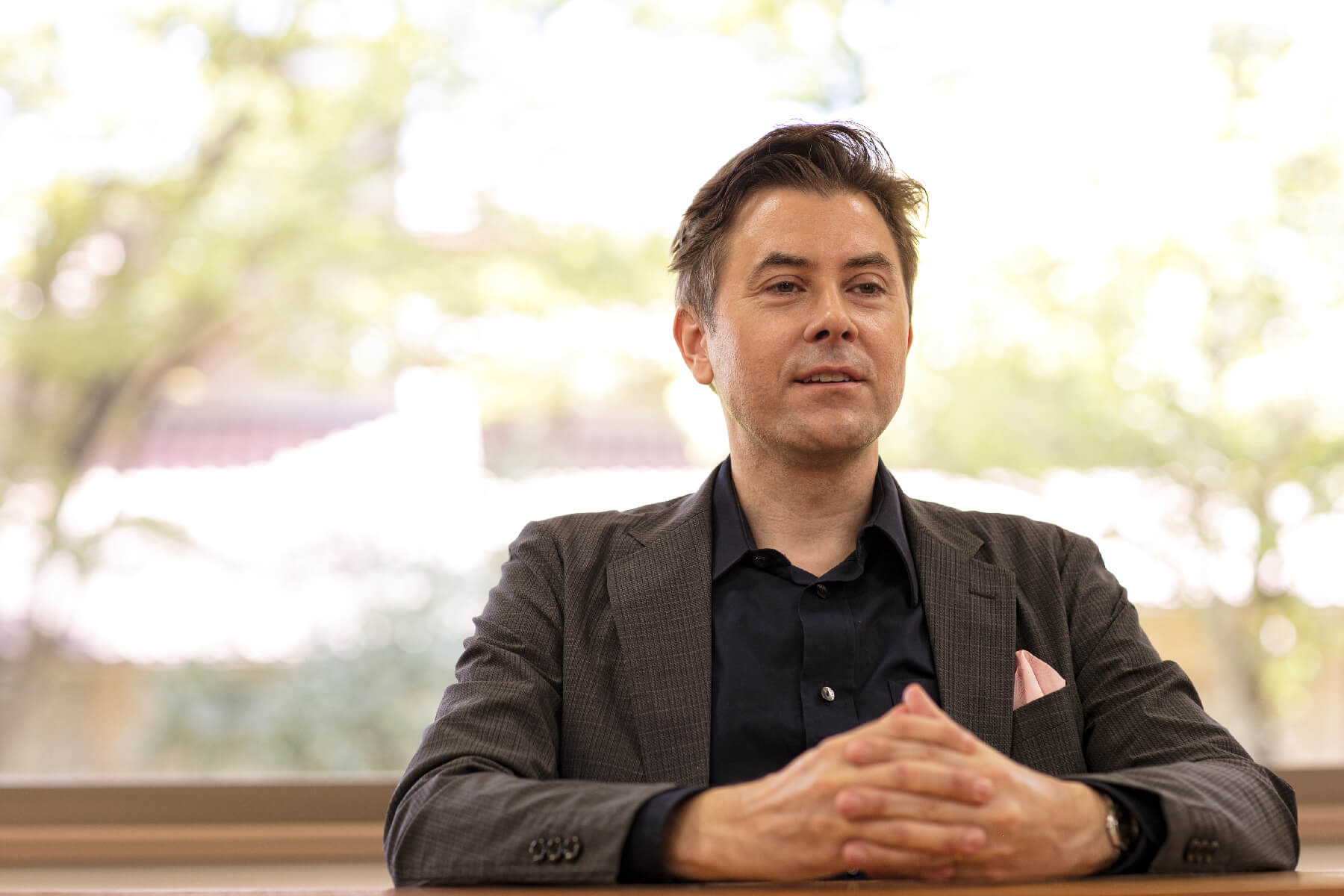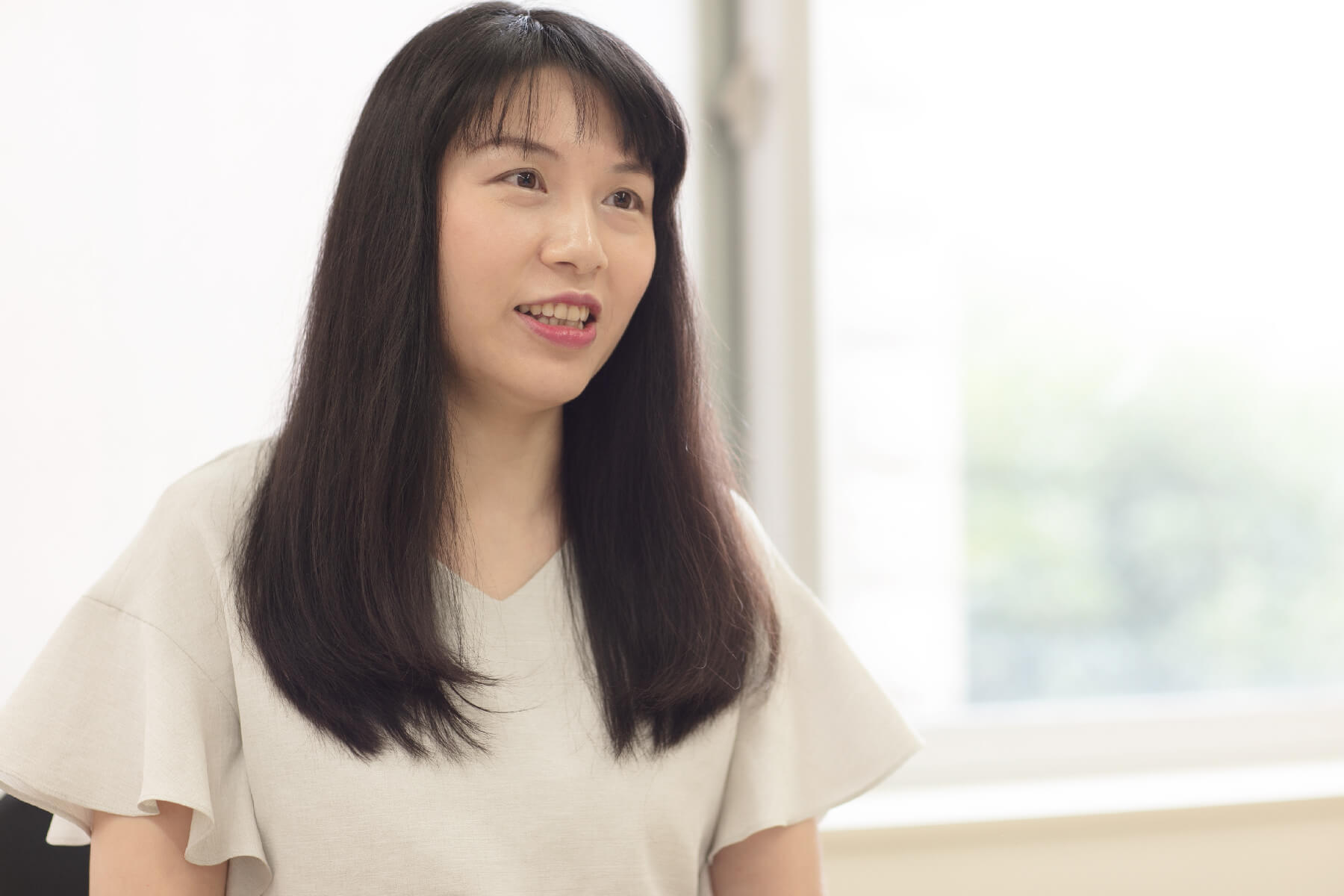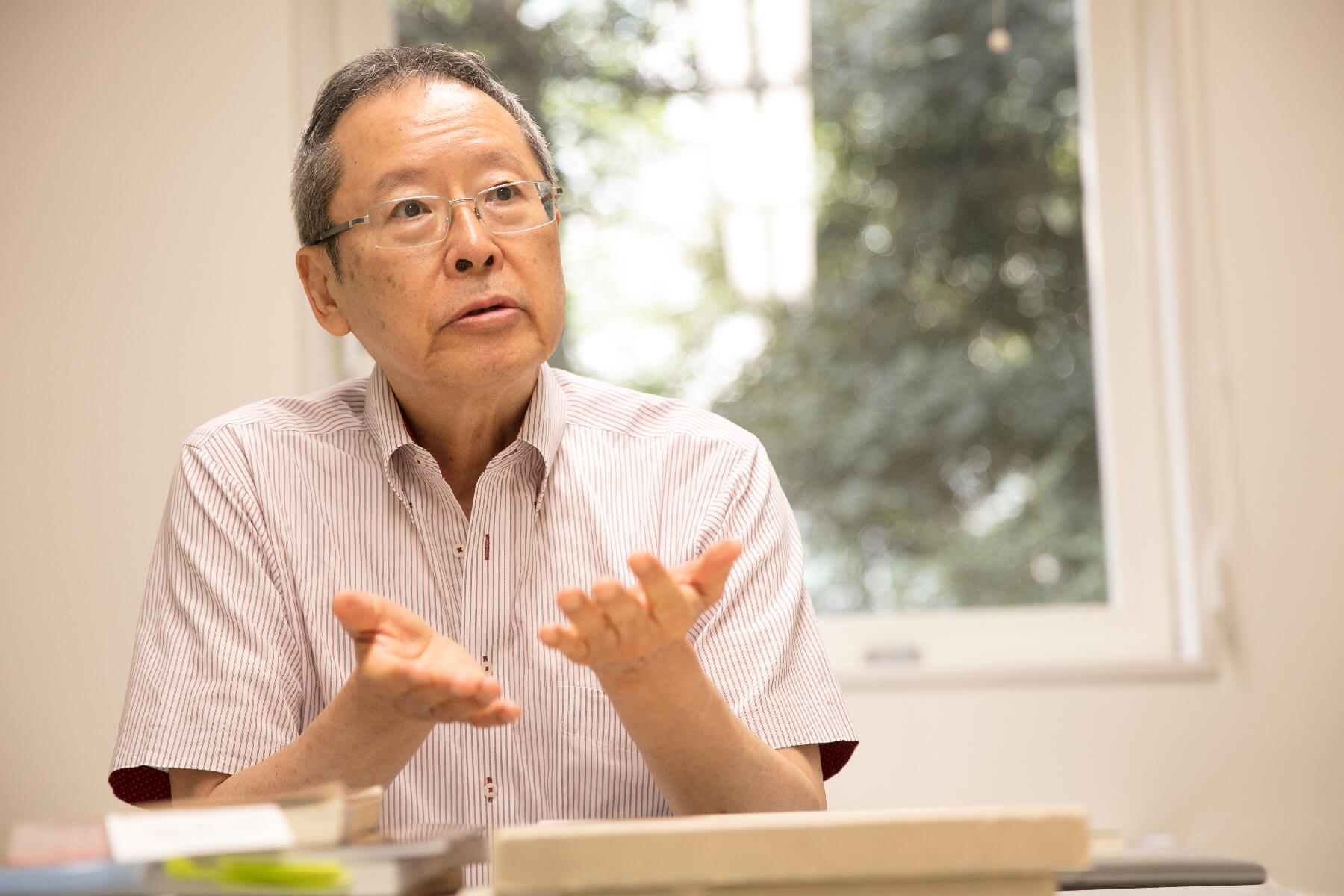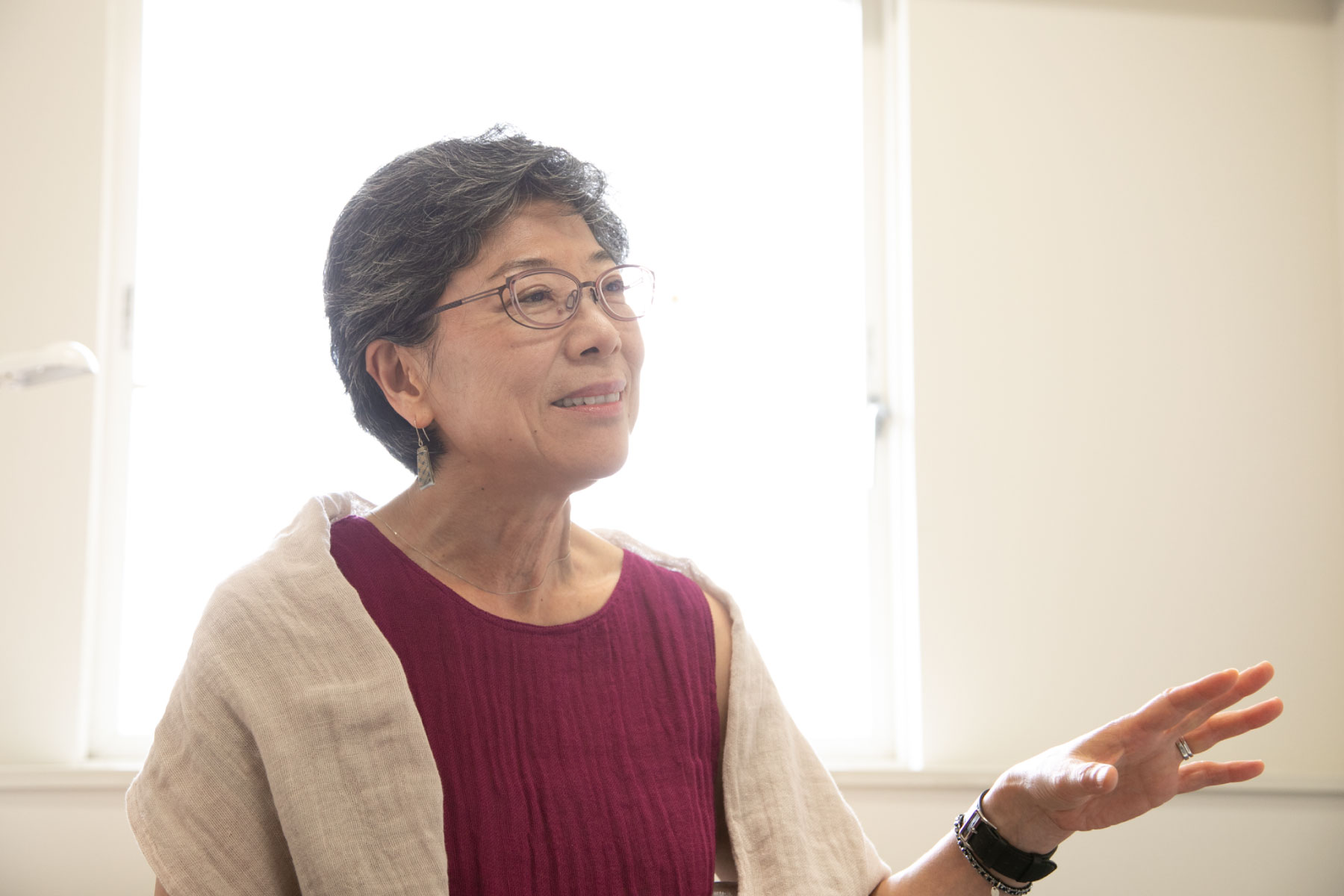WANG Chong (China)
I had a very fulfilling New Year’s. The osechi dishes that I ordered online came in a three-tiered box, filled with brightly colored foods from the sea and the mountains, brightening up the New Year’s table. I ate plenty of the simmered black soybeans and datemaki rolls, which represent diligence and the desire to develop greater knowledge. However, because the dishes were cold and quite plainly flavored, I did get a little tired of them after three days. It was ozoni that revitalized my taste buds. I had heard that the flavoring and the ingredients differ greatly between each region, and on this occasion, I made the version from Shiga Prefecture. This uses a bonito stock flavored with soy sauce, and alongside the mochi rice cakes, I added daikon radish, Chinese cabbage, pork, and carrots. The moment I sipped the soup, I couldn’t help but say “delicious” in bliss. Unsurprisingly, for me as a Chinese person, the warm ozoni was easier to get on with than the osechi dishes. I had also been looking forward to going to Meiji Jingu for the first shrine visit of the year. The Omigokoro poem card that I picked as a fortune showed the character for “thread.” In the coming year, I will give things my all without being impatient, obeying the advice the Gods gave me to “investigate thoroughly and follow the thread to a solution” when solving difficult problems.


SU Kehbow (Taiwan)
I was really looking forward to my first opportunity in a long time to experience Japanese New Year. In town, the Christmas illuminations were still up, but the New Year decorations and good luck charms made for a proper New Year’s atmosphere. There was bustle everywhere, with crowds of people shopping at supermarkets and department stores and long queues for the year-end jumbo lottery. I braved the queue to buy a ticket, but it appears that my luck did not follow me to Japan. Speaking of New Year in Tachikawa, Suwa Shrine and Azusamiten Shrine are famous as shrines for the first visit of the year. Suwa Shrine is not as big as Meiji Jingu, but there was a long line of people stretching from the approach road to the hall of worship, and I had to wait a long time before I was able pray at the altar. Azusamiten Shrine is a smaller shrine, but inside there is a shrine to pray for the return of lost cats, which is apparently rare in Japan. I also ventured out further to Jindaiji Temple near Kichijoji. The temple is famous for its Daruma Doll Fair, as well as its Jindai-ji soba noodles. As you might expect from a large temple in Tokyo, there was a huge number of visitors. This year I was able to fully enjoy the atmosphere of New Year in Japan.



YEOH Lee Su (Malaysia)
I had a very enjoyable New Year. I went to Meiji Jingu and Kawasaki Daishi to pray, and I also collected photos of New Year’s gate ornaments in Kanazawa, Kawagoe, Kamakura and the Tokyo region.



AVENELL Simon Andrew (Australia)
I was invited to participate in a mochi-pounding ceremony at a nearby farm, where I enjoyed the freshly made rice cakes with red bean jam, grated daikon radish and roasted soybean flour. I also ate pork soup with daikon radish made by the farmers, as well as a salad using cabbages that they had grown themselves. On New Year’s Day, I had ozoni. Our ozoni was made with chicken, spinach, and naruto fish cakes added to a soy sauce-based broth and garnished with yuzu.

WILLIAMS Nicholas Morrow (Hong Kong)
Up until now, I was never able find a convenient time, and did not have many opportunities to experience New Year’s in Japan. As such, I was really looking forward to spending the New Year in Kyoto this year. No matter where I went in Kyoto, the New Year atmosphere could be felt everywhere. The town was abuzz with scores of people, including not just locals, but also tourists going out with their families and making their first shrine visits of the year. On New Year’s Eve, we got together as a family to eat toshikoshi soba and watch the Kohaku song contest. On the morning of New Year’s Day, I got up at five o’clock and went to Shimogamo Shrine to see the New Year’s Day festival. Located by the Kamo River and surrounded by a large forest, Shimogamo Shrine is a very mysterious place. There were still only a few people there, but listening to the prayers and music, it was a very solemn atmosphere. I was very glad to have been able to visit a shrine right at the dawn of the new year. During the day, I took a walk with my friends through Chion-in Temple and Maruyama Park, enjoying the excitement of being among crowds of people. Finally, in the evening, I ate osechi and ozoni. This was my first time eating Kansai-style ozoni made with white miso, and it had a sweetness that was really delicious.

KIM Bohyun (Korea)
This was my first time seeing in the new year in Japan, something I had been looking forward to for a long time. On December 31st, I went to Yasaka Shrine near my house. It was very crowded with people, but I was impressed by the way everyone waited patiently in order. I counted down to the new year surrounded by all kinds of people, completing my first shrine visit of the year without any problems. I also took one of the fortune-telling paper strips, which predicted average fortune for the coming year, so I tied it to one of the trees at the shrine and went home. The next day, I wanted to see a typical Japanese New Year’s scene, so I visited Nagaoka Tenmangu Shrine, which is a little further out from Kyoto City. There were hardly any tourists there, so the atmosphere was very peaceful. I enjoyed seeing all the various things there were to see, including people solemnly performing their first shrine visit of the year, the Tenjinya ceremony unique to Nagaoka Tenmangu, the lucky bamboo branches, ema tablets, and omomari charms. Japanese New Year is something that I had previously only come into contact with through TV dramas and films. This year, I was able to experience it for myself, and it was a truly worthwhile way to spend the New Year holiday.





